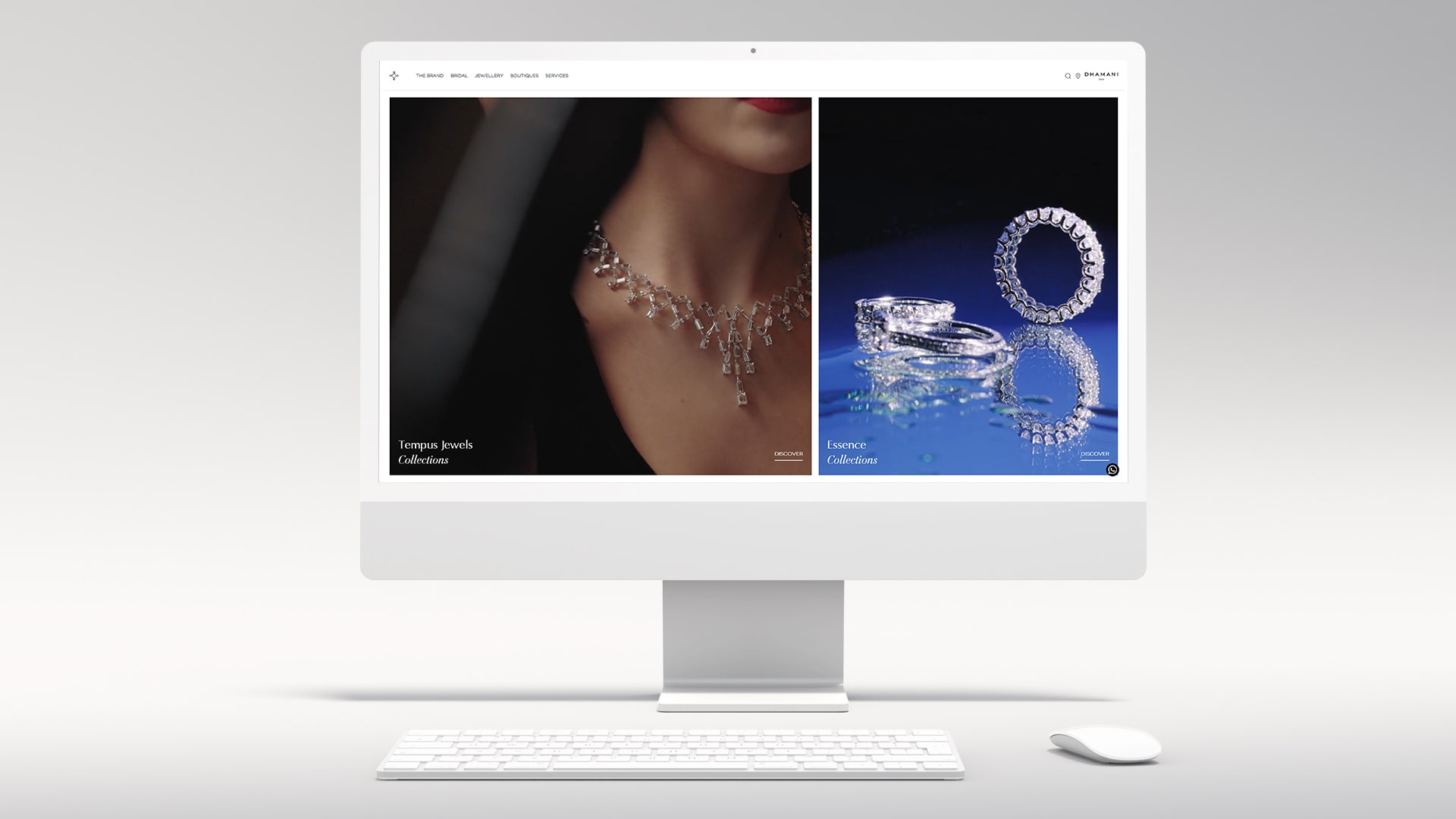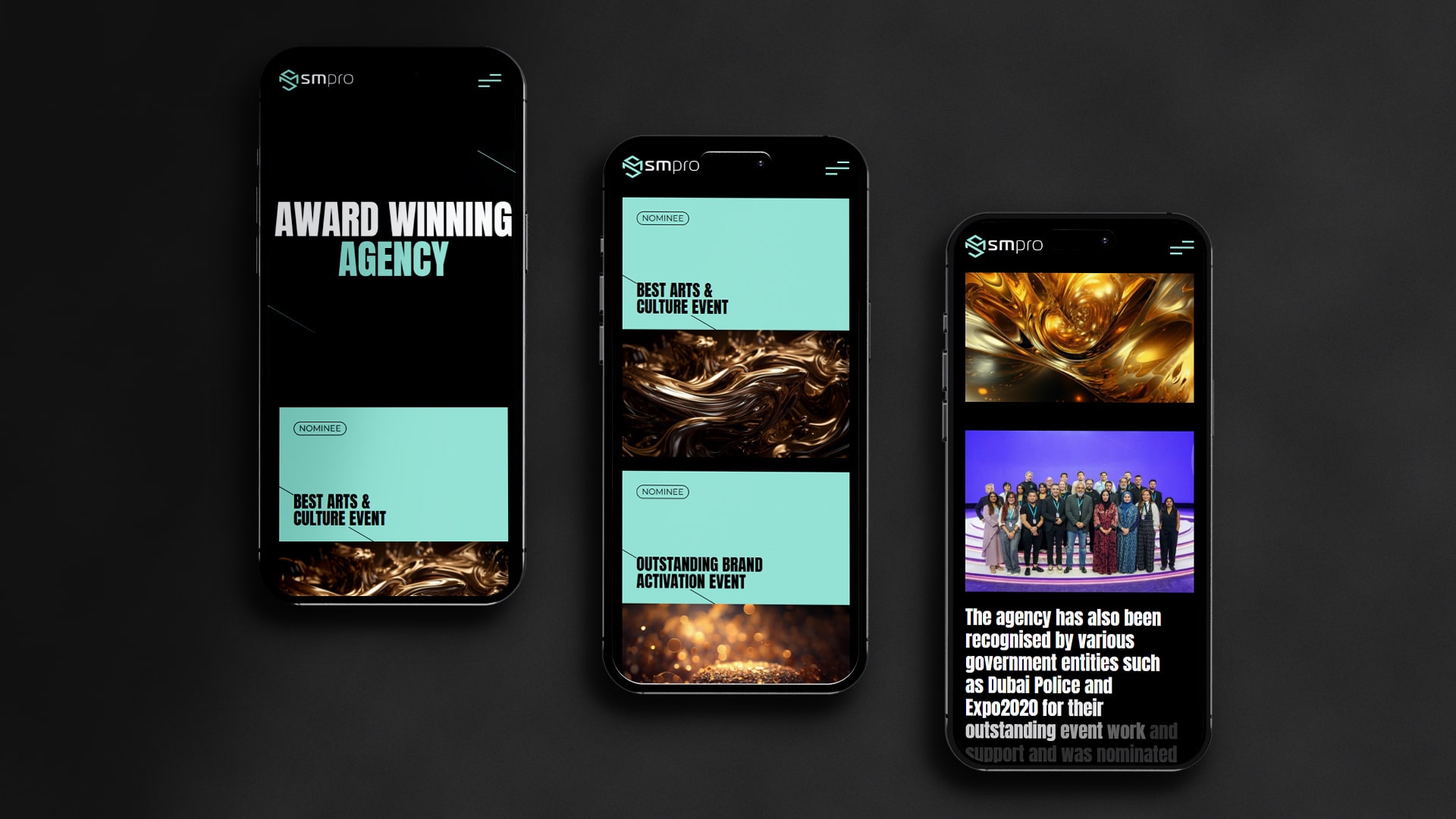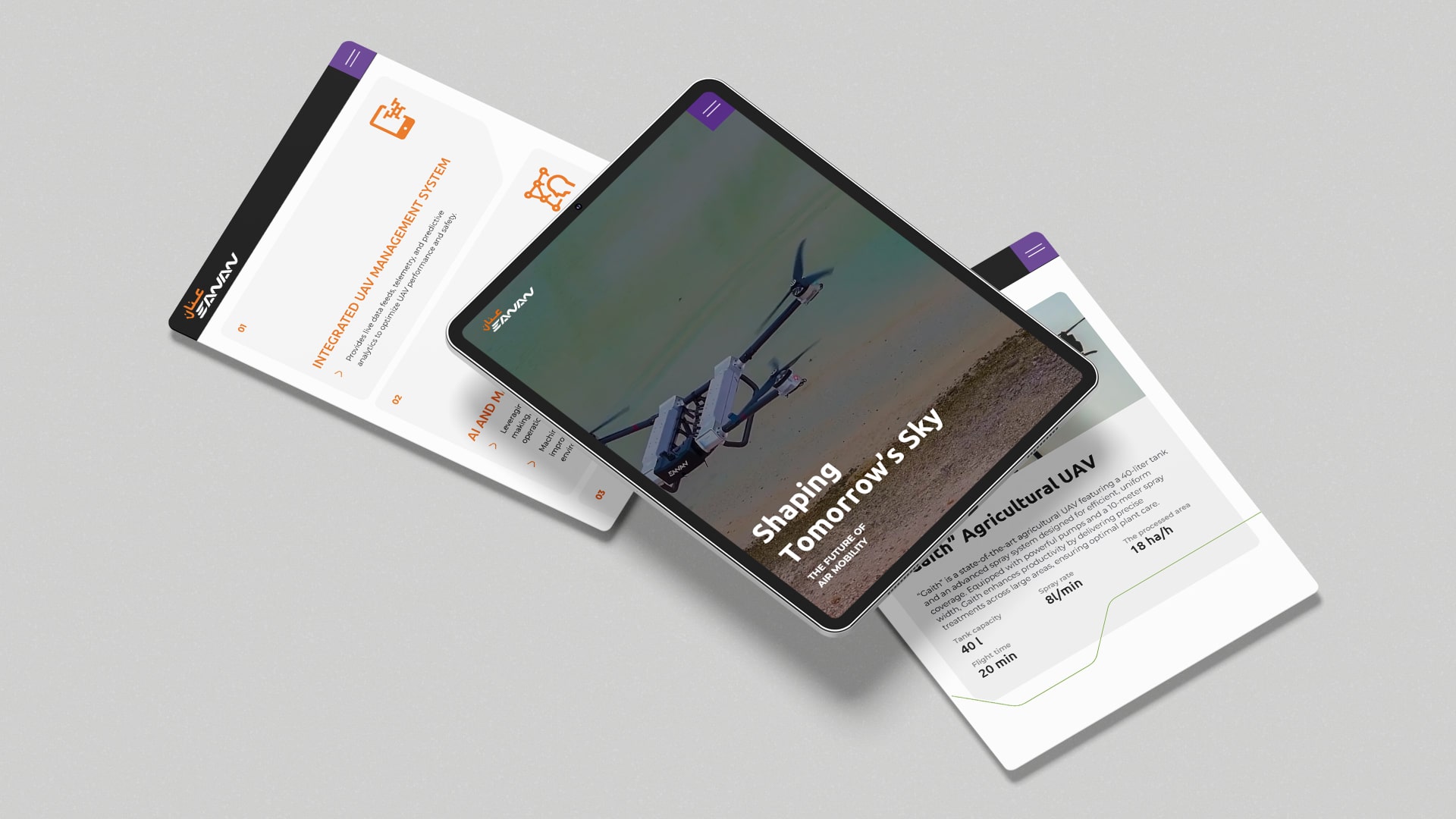User experience in applications and websites has amassed great attention from users. Hence, every business pays attention to how their web applications stand out in terms of UX experience. Designing better UX design is always a concern for businesses and there are many hindrances to achieving it. Though, the UX and design culture dominates the corporate priorities, the UX research is full of ambiguities and catastrophes for a UX expert.

Little about UX research
A UX expert can come up with the best user experience once they bind the best practices and values together for deep engagement. Mere academic exploration of UX design cannot satisfy the complex opportunities and challenges required for different audiences. Every UX design is affected by human factors, visual design and usability. So, UX research is conducted enough to make the art and science of that experience satisfying and effective but often difficult to achieve because of Bias in UX research.
When a business spends time and effort on UX research and practice, the user experience proposed by its products will be doubled like never before. In user experience research, an expert indulges in understanding the dire needs of the targeted consumer in terms of the end product. Statistical data and insights help a UX researcher determine the best results. It’s a broad field and will have many dimensions. Besides, the practices and methodologies used by the experts also vary as each person perceives a service or product in their own way. UX research is just like any other research and UX experts often deal with bias in UX research.
What is UX research?
Curiosity is the locus of a designer’s power. It is essential to a designer’s success and is often absent from their work. This is where UX research is very important. UX research is about stories revolving around products. The stories might be about a person or community. Bias in UX research must be taken care of to make sensible decisions. It is exciting and yielding as its outcome can fabulously change the user experience and product design accordingly.
The term User Experience Research has three parts. It can be viewed as a systematic investigation into the proposed experience of a product or service by the end-user. Therefore, the user’s experience in regard to a product is the subject of the research. The UX research can take place at any given time of the design cycle and it can take on a remote setting depending on the. A UX research practitioner uses quantitative and quantitative methods to derive conclusions.
Some of the prominent methods used by UX researchers:
- Contextual Interviews
- Expert Reviews
- Interviews
- Surveys
- Usability Testing
- Focus Groups
- A/B testing

Despite various methods and a deeper understanding of user interface design, a UX researcher constantly needs to deal with bias in user research.
Bias in User Research
A UX researcher needs to understand different biases in user research. Simply put bias is a predetermined inclination or prejudice towards a design and product experience. These prejudices or biases are also known as cognitive biases. They are shortcuts used by our brains and are perilous to design if you overlook them. We all have biases. When it comes to user research the aim is to understand each bias and tackle it on your way forward. It is vital to get an understanding of UX cognitive biases to know their impact. If you fail to propose careful consideration to research methods and questions, the research cannot be taken as flawless. The consequences of such flawed and biased data will be far-reaching.
Cognitive Bias
UX cognitive biases are inherent thoughts where a user thinks about ‘blind spots’ to reduce accuracy and as a result, create inaccurate irrational conclusions. Cognitive biases need to be identified, emphasized and analyzed to avoid as far as possible in user research.
The disciplines of user experience design range from business to information architecture. So, the cognitive bias in user research concluded as follows:
- Implicit Bias – Unconsciously, you relate some biases against some people or products.
- Primacy Bias – Here, you recall everything about the primary participants
- Recency Bias – In this type of bias, you always tend to assimilate the last words in an interview or recording.
- Confirmation Bias – You have already concluded and are looking for evidence to back up.
- False Consensus Bias – Here also you have an assumption and obstinate hopes that others will also take after you.
As we have already known, user experience is a rapidly evolving, interdisciplinary field that combines psychology, social science, communication, design and technology. The role played by UX is very evident in today’s world and it’s all about the user’s experience of the product in both physical and emotional ways. It is true for websites, physical applications or software applications. User research will also continuously evolve despite the cognitive bias in user research faced by UX experts. A design can change the world once it is prepared responsibly.
To learn more, Get in touch with our website design team.
Related Post
Publications, Insights & News from GTECH








